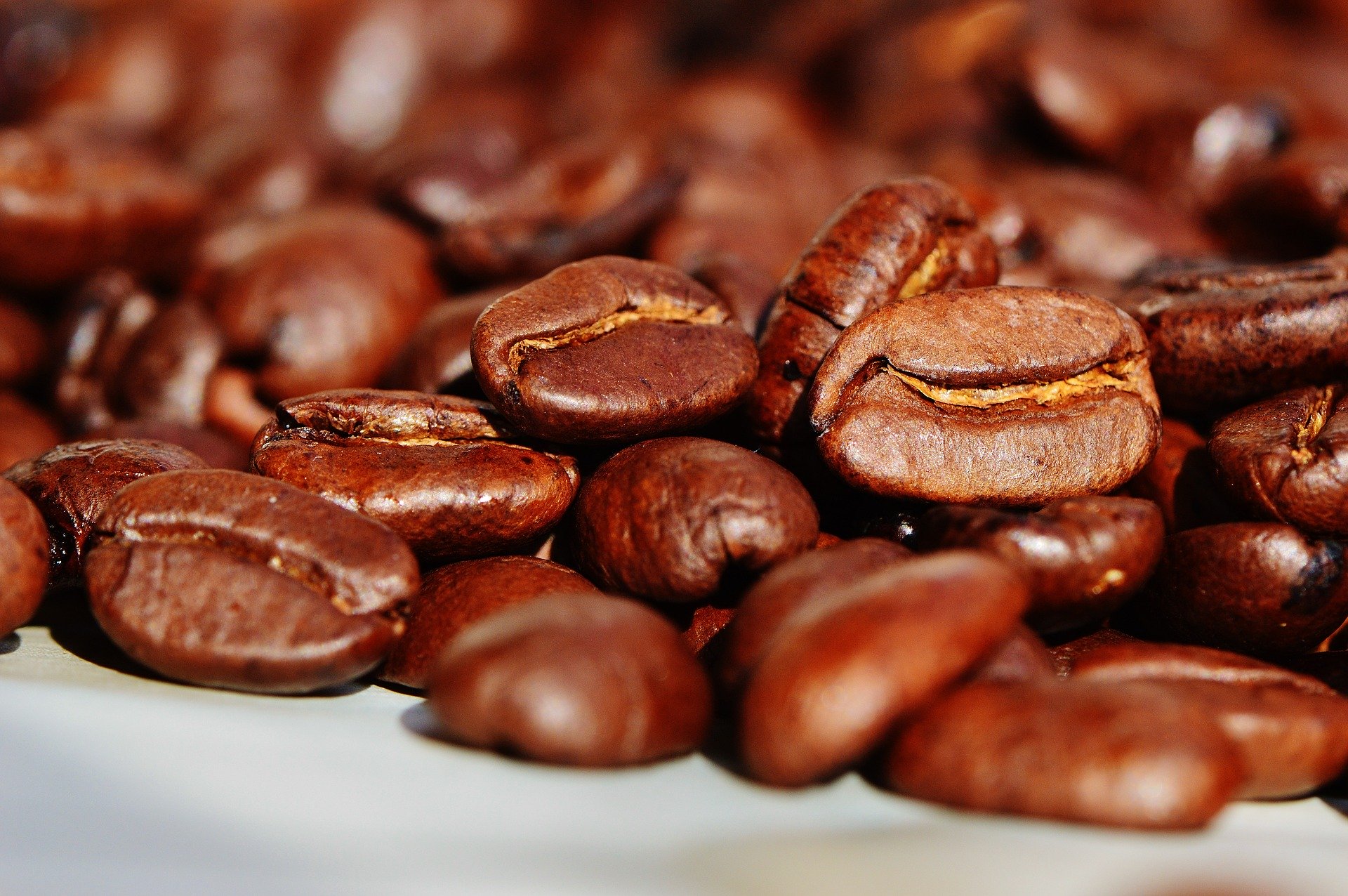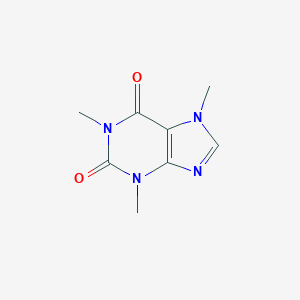I’m very excited to be ushering in Week 2 Of Caffeine Awareness Month 2020 alongside The Canadian Beverage Association.
Today’s topic is served hot, so let’s dip right into the popular question of whether synthetic caffeine is in some way worse for us, or different in any meaningful way than naturally occurring caffeine?
Caffeine Intake Patterns: Synthetic Vs Natural
In order to have an honest discussion on this question we have to first admit that the two primary sources of caffeine intake in the Canadian adult population, coffee and tea, are both natural sources of caffeine.
Chocolate, another potential significant source of naturally occurring caffeine, plays a significantly smaller role in terms of total caffeine contribution.
Containing naturally occurring caffeine aside, these three items also happen to come paired with a level of comfort that a long history of human use provides (which I discussed last week) and a number of additional perks including their high antioxidant and phytochemical content.
From this perspective, coffee, tea and chocolate stand in contrast to the major sources of synthetic caffeine intake.
So What Is It And Where Might You Find Synthetic Caffeine?
When we refer to synthetic caffeine, we are talking about the exact same chemical compound that has been synthesized in a laboratory, from a naturally occurring plant-based compound known as theobromine ( found in tea, cocoa).
The need for synthetic caffeine is mediated by the fact that the caffeine industry also has access to caffeine that has been extracted from natural sources ( ie: decaffeinated coffee – that removed caffeine gets put to use!).
Personally, popular products like soft drinks and energy drinks come to mind when I think about synthetic caffeine.
Although they may contribute similar amounts of caffeine per serving to certain types of coffee and tea, the total caffeine intake they provide to the population is actually quite low.
Further exploration on the sources of synthetic taught me that, in fact, a wide variety of products ranging from skin and hair-care products to sauces and chewing gums, also have synthetic caffeine added to them.
The same goes for a number of OTC and prescription medications because of its synergy with pain relieving agents.
Taking my exploration a step further, I also quickly realized that, probably owing to the favourable public perception it garners, a number of energy drinks actually use natural sourced caffeine from either guarana and/or green tea extract.
It’s important to remember that moderate caffeine consumption, as defined by Health Canada, is considered safe and its usage as a supplementary ingredient (natural or synthetic) is monitored and regulated.
Health Canada makes no recommendations or comments regarding differences in safety between synthetic and natural caffeine.
Synthetic vs Natural – Does It Matter?
Regardless of the source, Caffeine is caffeine – the chemical compound 1,3,7-trimethxylanthine you see below –
A 2017 paper out of the Frontiers In Psychiatry journal reviewed the safety of caffeine intake and did not suggest concerns around synthetic caffeine intake were warranted.
Of course, I know and have to concede that in the public sphere soft drinks and energy drinks tend to be associated with their sugar and/or sweetener content, even though these same products are often added to coffee/tea as per an individuals’ preference.
Final Thoughts
The average consumer is far more likely to consume naturally occurring rather than synthetic caffeine, but the long-term benefits associated with caffeine consumption remain the same.
While I understand the temptation to label that which is natural to be superior, there is not much evidence to support such sentiment as it relates to caffeine.
It does happen that natural sources of caffeine, such as coffee and tea, also contain a number of other beneficial compounds that certain synthetic sources do not.
There is no harm in acknowledging that, but the analysis need not extend further.
Until next time,
Andy De Santis RD MPH




